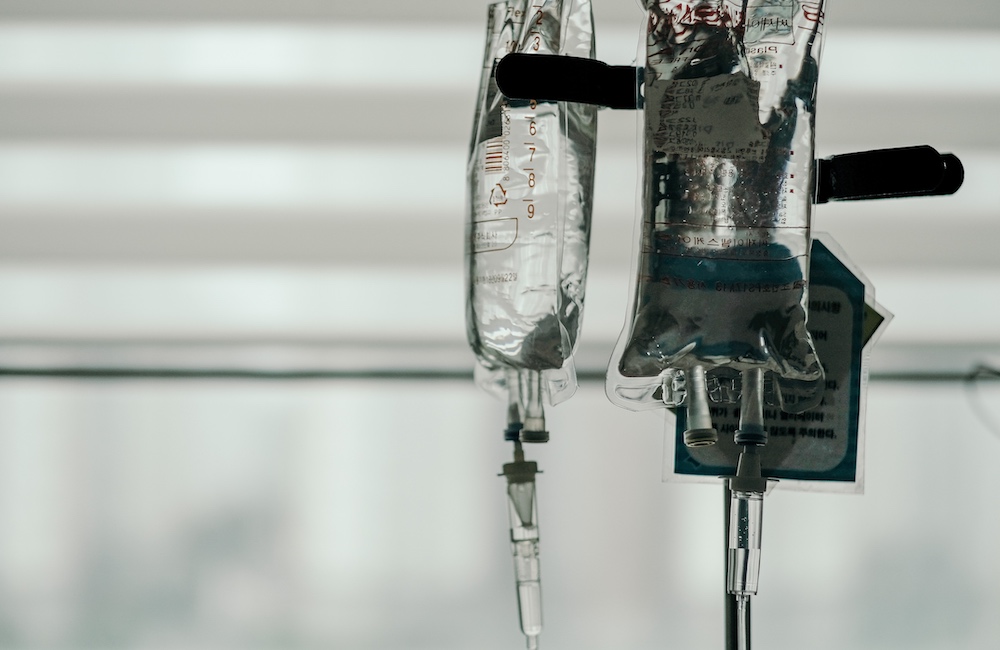Most healthcare simulation centers are constantly challenged to find ways to reduce (or at least not increase) costs. While this financial goal remains a priority, the medical simulation centers must also concern themselves with keeping up-to-date with current technology and supplies, which can prove expensive. However, providing these resources for learners to use in practice has become paramount in systematically increasing patient safety and deterring medical errors. This HealthySimulation.com article written by Michelle Sherlin, RN, BSN, CHSE, provides cost-saving ideas for clinical simulation supplies and equipment to help keep medical simulation center expenditures low.
Create Reusable Documents: Printer paper and toner is one expense that is always necessary but can become quite expensive for a healthcare institution or facility. Although many healthcare simulation centers do not have an electronic health record (EHR) system for use in clinical simulations, patient care orders, history, physical information, and test results still need to be available for the learners.
Sometimes the same healthcare simulation scenario must be run repetitively in order to get multiple learners through. For example, in my current position in healthcare education, I may run the same medical simulation scenario for over 70 different learners over the course of a week.
These healthcare simulation scenarios require them to document the medication administration record and document vital signs, intake and output, and a narrative note. This involves providing multiple copies so that each learner can have their own – but the printing becomes quite costly. Instead, educators can place each page inside a page protector and provide a fine point dry erase marker to allow the documentation to be erased and a “fresh chart” to be reused for each lab group.
Another tip that will help eliminate paper waste due to reprinting is to eliminate the birth year when listing a patient’s date of birth in the medical record. For example, June 6 could be written as 6/06/XX with the patient’s age listed beside these numbers. This will allow the chart to be current no matter what the year provided is. This way, the patient can be used year after year without having to update the record.
Maximize Technology: An additional way to give learners necessary patient information is to use the bedside monitor already connected to the simulator. Both Laerdal and Gaumard have settings in their patient monitor software to push images and test results to the bedside.
If a wall-mounted television or LCD screen is available and the educator does not have software to use otherwise, they can simply set up the monitor as an extended desktop and display information there when the time comes. The hospital-based healthcare simulation centers I have worked for have often used this method.
This method allows everyone in the room to view the information and collaborate, which becomes especially helpful when interpreting images such as x-rays. This same technology can be used to show a wound or other key findings too time-consuming or difficult to replicate using moulage.
Another free technology idea that can give learners information at their fingertips is to use a cloud-based platform, such as Google Drive to house documents and images. Educators can rely on a free QR code creator online, and when learners are ready for the information they can be directed to scan the QR code. Then, they will be able to view the document or image on their own mobile device.
Obtaining Supply Donations: Partnering with community resources, especially for academic institutions, can really accomplish two things. First, many local hospitals and clinics regularly have expired or surplus supplies that they are more than happy to donate. This is especially true when the donation is to a local college that will be supplying the future workforce. If an educator can develop a relationship with the purchasing department, they will often offer items they have accepted for trial and decided not to use.
The second benefit such partnerships accomplish is that a healthcare simulation center will have access to many supplies that are the same as or similar to what the learners will see in clinical practice. If nothing else, this keeps learners abreast of any big product or technology changes in the industry.
Some of the most valuable donations I have received are closed suction chest drains, IV tubing, IV catheters, Foley catheter kits, sutures, sterile dressing supplies, hand sanitizer, and bags and bags of IV fluids. They will only be used on manikins or task trainers so their expiration does not matter. What is important is that any IV fluids do not contain dextrose. I only accept normal saline and occasionally lactated ringers although that is rare.
Obtaining Equipment Donations: Hospitals commonly replace patient care equipment about every five years or so. Further, the biomedical engineering or maintenance departments often have the equipment they have deemed unrepairable that would be a fine prop for a patient simulation center. Some of the best donations I have received so far have been: portable telemetry boxes, patient call lights, an isolette, and a baby warmer, all of which no longer functioned but served well in our healthcare simulation center. Also, I received a working patient defibrillator that was going to be discarded because the institution was upgrading. As a result, we have been able to train hundreds of learners over the past few years in code blue scenarios.
Using IV Bags: When using IV bags, as previously described, do not use fluids containing dextrose in order to prevent bacterial growth inside a manikin. In addition to saline, sterile water bags can be used but they usually have red lettering all over the bag, which may or may not be an issue for learners. If an educator must purchase simulated Demo Dose IV fluids, the bag will be more costly but can be resued.
In order to ensure that the IV fluid label on the bag matches the patient’s IV order, make a pocket out of packing tape and place this over the IV fluid label on the bag. Then print a label for whatever the ordered IV fluid is supposed to be and place this in the pocket. The label can be easily changed for each clinical simulation scenario and the bags are fairly simple to refill using a large syringe as needed. Empty the IV bags when not in use and refill with distilled water as needed. In my experience, they have lasted a couple of years before becoming moldy.
Creating Simulated Medication Vials: When using simulated medication vials for learners practicing parenteral medication administration, instructors can make their own. Order plastic or glass vials in the correct sizes, there are multiple online vendors. Purchase stoppers and caps in the colors and sizes needed. There are vial crimping and vial decapper tools that are fairly inexpensive (both available on Amazon.com.) The vials can be filled with distilled water, capped, and labeled as needed.
When finished, soak off the labels and remove the stoppers with the decapping tool. The decapping tool is a must as this will prevent injury because the crimped cap will be sharp. Sanitize and refill vials as needed. Educators can find just about any medication label online and print them on label sheets. This can save a lot of money over buying pre-filled and pre-labeled vials.
An important caveat, the Foundation for Healthcare Simulation Safety recommends that all simulated medications and even equipment be labeled “Not for human use- Education only” in order to prevent accidental simulation-related injury. Their website has templates to print independent labels.
Saving money takes a bit of time but is worthwhile in the long run: Making supplies reusable can certainly save money. Developing relationships with community partners is important. Making sure they are aware of the institution’s needs by reaching out to them can help to locate resources the institution may not have otherwise known of. Investing in tools that enable the creative reuse of supplies is valuable.
Not all props have to involve working equipment. Maximize the use of free technology. These are just a few ideas to help manage costs while providing learners with current, quality supplies and equipment.
Disclaimer: Views expressed here are solely those of the author and do not represent those of any employer or organization.








